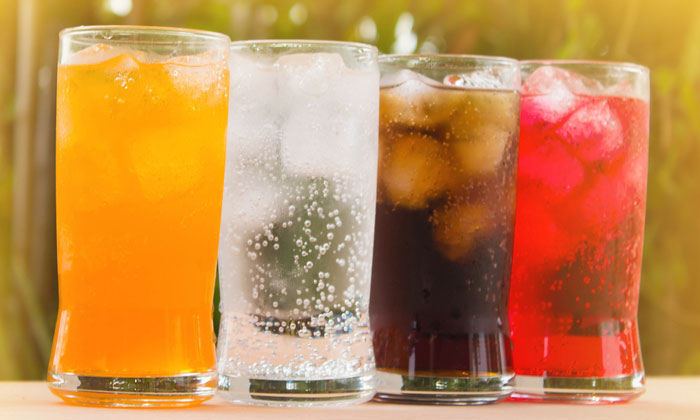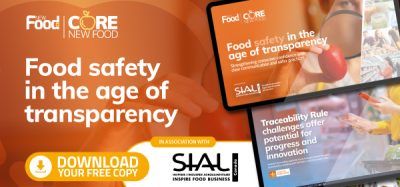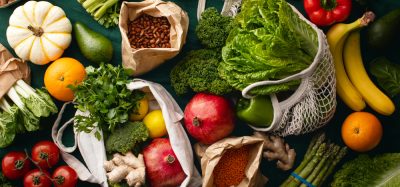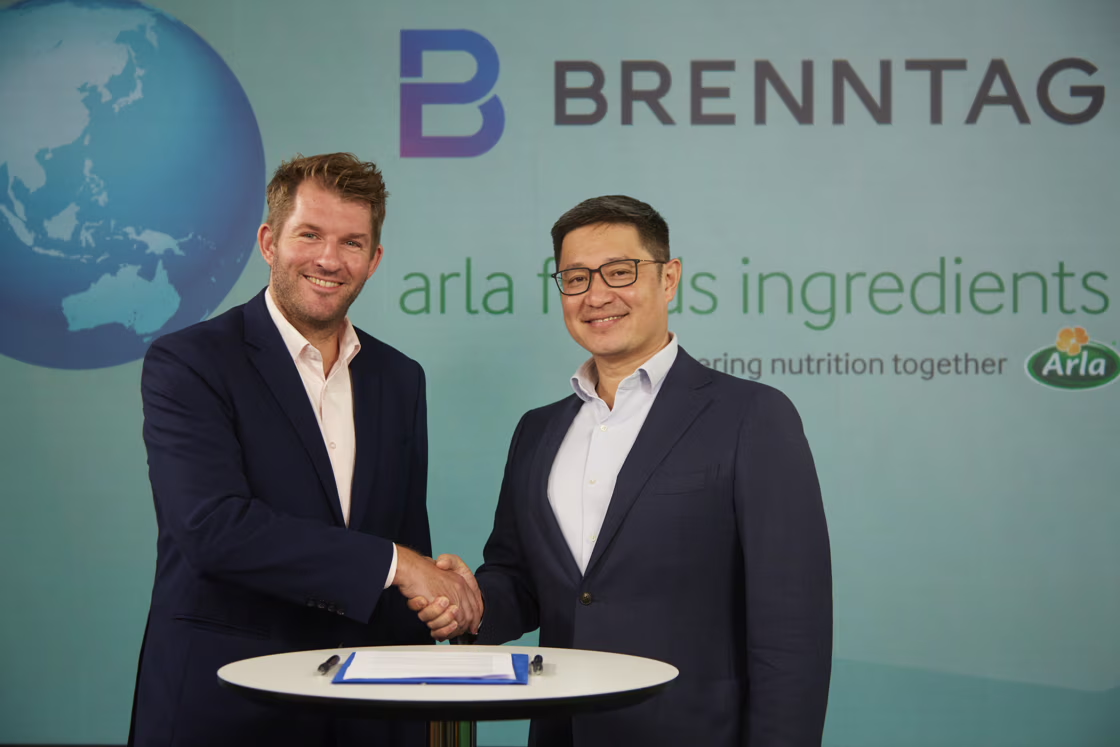Media literacy can weaken the impact of sugary drink advertising
- Like
- Digg
- Del
- Tumblr
- VKontakte
- Buffer
- Love This
- Odnoklassniki
- Meneame
- Blogger
- Amazon
- Yahoo Mail
- Gmail
- AOL
- Newsvine
- HackerNews
- Evernote
- MySpace
- Mail.ru
- Viadeo
- Line
- Comments
- Yummly
- SMS
- Viber
- Telegram
- Subscribe
- Skype
- Facebook Messenger
- Kakao
- LiveJournal
- Yammer
- Edgar
- Fintel
- Mix
- Instapaper
- Copy Link
Posted: 8 February 2018 | George Smith (New Food) | No comments yet
A study which used an emerging form of nutritional education coupled with media production has shown that adults can become more savvy to advertising messages.


GLITZ AND GLAMOUR: The study has added to the evidence showing that education can 'demystify' advertising slogans
Developing critical thinking in adults can help them resist the allure of advertising, particularly for sugary drinks, a study has found.
Researchers at the University of Virginia enrolled test subjects in a six-month trial, providing media literacy education to lessen the impact of marketing. They used the SIPsmartER intervention programme, an emerging nutritional education scheme, and incorporated media production as a 20-minute activity within the larger intervention.
During the media production element, participants could individually produce two types of counter-ads: slogan modification and truthful label. Slogan modification involved replacing a key word from a well know sugar-sweetened beverage slogan with a new word that better reflected reality of beverage consumption. The truthful labelling activity involved creating a new label for a sugar-sweetened beverage that included information normally missing such as the health risks associated with high intake of sugary drinks.
“Improving the media literacy of adults around highly advertised foods and beverages is an important need,” said Lead Author Kathleen Porter, PhD, RD, Department of Public Health Sciences, School of Medicine, University of Virginia. “Understanding how to effectively implement media education literacy strategies is important for nutrition education interventions since these strategies are rarely used in interventions for adults.”
After analysis of participants’ counter-ads, health risks, particularly weight gain/obesity, were the most frequently used content. No counter-ads included health benefits.
In addition to incorporating class content, participants used their own thoughts in the counter-ad content. Over half of the ads used content not discussed in class such as how acid in soda can hurt the digestive system.
All nutrition facts in counter-ads were accurate although some of the stated health risks were inaccurate. Compared with slogan modification, truthful labels were more likely to include nutrition facts. The majority of counter-ads were meant to be persuasive for drinking fewer sugar-sweetened beverages.
“Production rates, persuasiveness, content, and design of the counter-ads did not vary by health literacy level,” reported Dr. Porter. “This suggests that media production could be part of a universal health literacy approach.”
This study extends what is known about incorporating media literacy techniques, particularly counter-ad production, into behavioural interventions. This is particularly useful for nutrition educators working with populations served by Supplemental Nutrition Assistance Program–Education and the Extended Food and Nutrition Education Program, who may be more likely to consume unhealthy and highly advertised foods and beverages, such as sugar-sweetened beverages. Future research should address participant acceptance of media production and how media production affects behavioural outcomes.
The study was published in the Journal of Nutrition Education and Behavior.









